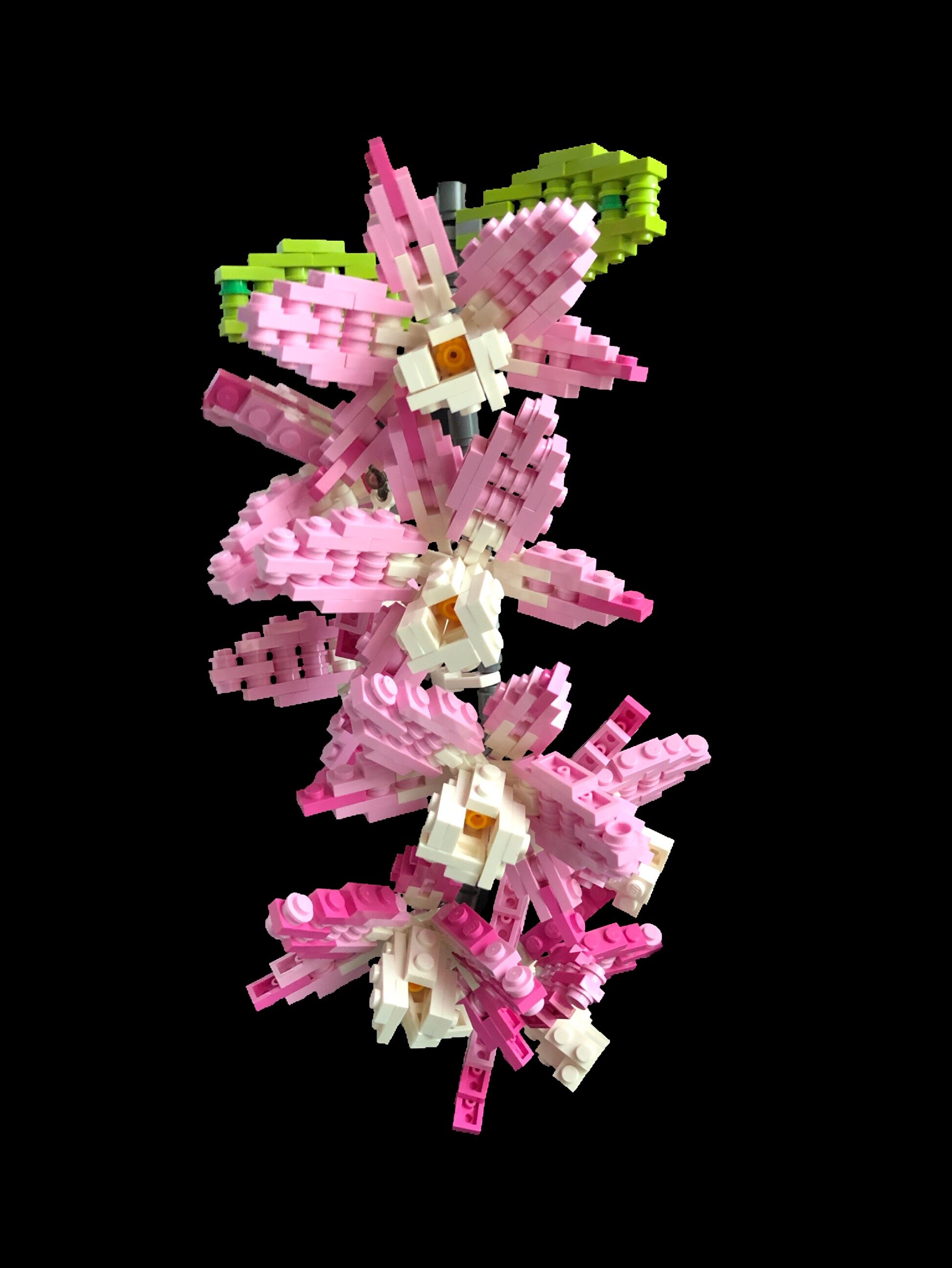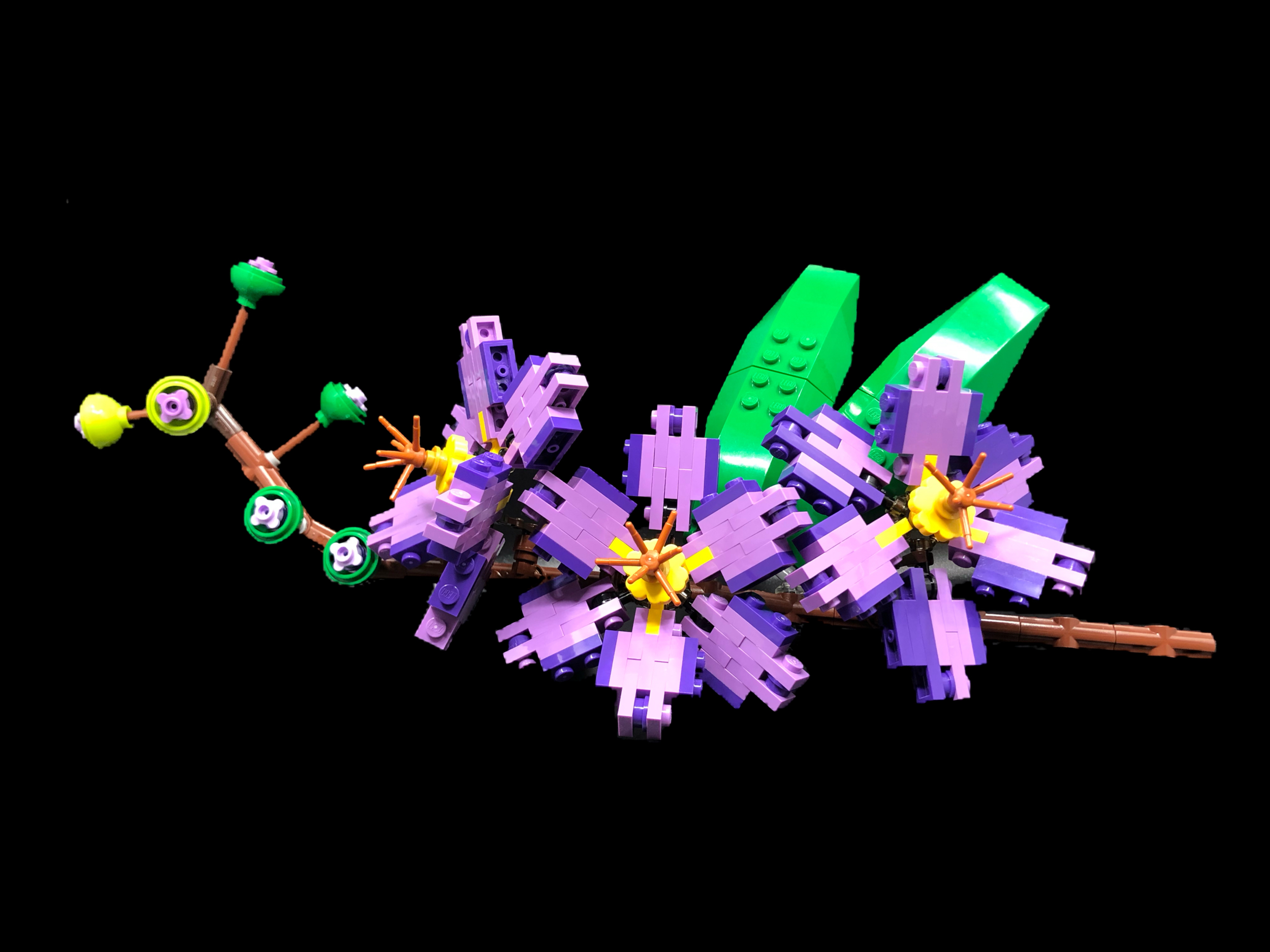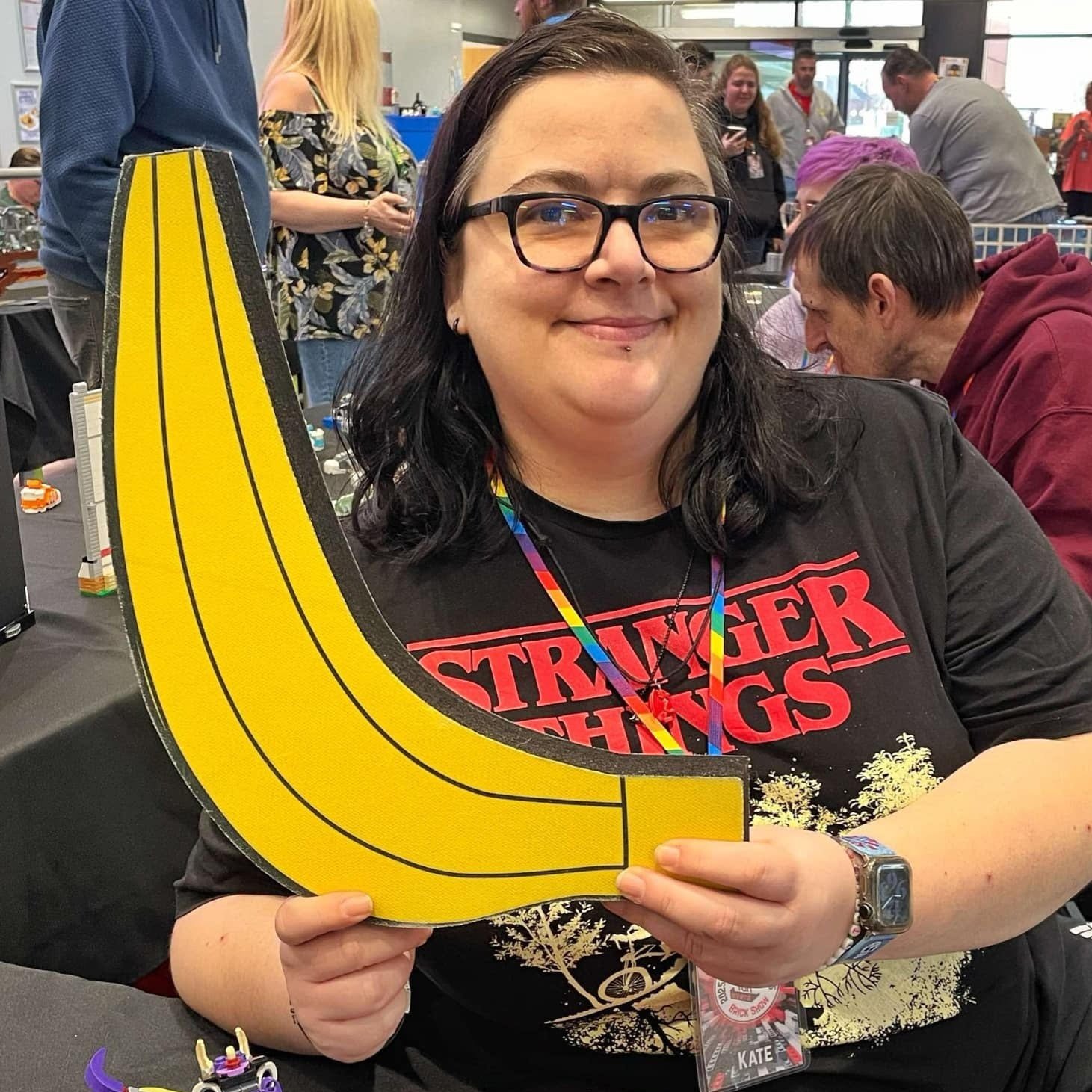Walking the Green Brick Road with LEGO for Earth Day
/Best of BrickNerd - Article originally published April 22, 2021.
It has always bothered me that LEGO, one of my favorite things, is made from plastic. I was very pleased when LEGO announced its plans to go green by adopting environmentally sustainable practices, but I never could quite shake the feeling that I needed to do more on a personal level. I could not give up my bricks (because LEGO literally saves my life and sanity), but what if I use them as a means to promote something good for the environment? Here is my own response to LEGO’s call to build a better, greener world.
LEGO’s Green Initiatives
The first Plants from Plants boxed set, via LEGO
Recognizing its role in shaping the future of our planet, LEGO has made the environment one of its top priorities with focuses on renewable energy, minimizing carbon footprint, and eliminating waste. To this end, LEGO has launched a wide array of projects, such as reducing the size of its boxes, using paper instead of plastic in the packaging, investing in wind farms, and installing solar panels.
To me, one of their best projects is Plants from Plants, wherein plant elements such as leaves, trees, and bushes are created from polyethylene, a durable but flexible plastic from sustainably sourced sugarcane. Since 2018, plant elements in various sets, including the newly released (and perpetually out of stock) LEGO Bouquet, have been made from sugarcane. The use of sugarcane is significant because it is a renewable resource that grows as fast, or even faster, than the rate at which it is used. It also reduces the reliance on oil, a scarce resource, for the manufacture of plastics.
Our Nerd-in-Chief Dave Schefcik built this Mother Earth sculpture out of mostly sustainably produced elements for LEGO’s Plants from Plants launch. If you look close, it is featured as a “sustainable superhero” on their campaign landing page. The program is but one step in LEGO’s ambitious goal to make all bricks from sustainable resources by 2030.
“Mother Earth” built by Dave Schefcik
All of these projects are impressive, but these are big-corporate actions that I can hardly participate in except as a consumer. While I was happy that I was patronizing a company that seemed to genuinely care about the environment, I knew that I needed to do more myself. So I decided I would build models of flowers unique to my home country, the Philippines, to promote biodiversity and conservation.
What is Biodiversity?
Biodiversity, from the words “biological diversity,” refers to the variety of life on Earth. This variety of life is responsible for providing us with our needs, whether it be food, water, shelter, medicine… the list goes on and on. More than that, biodiversity goes into the value of life itself, which is perhaps, a discussion more suitable in another forum. If you want to learn more, the American Museum of Natural History has a great discussion on biodiversity and its importance to us.
The Philippines is one of the most biologically diverse countries in the world. There are more than 52,100 species described in the Philippines, more than half of which are found only in the Philippines. Yet many Filipinos remain unaware of the vibrant life that surrounds us. Worse, the Philippines suffers some of the highest rates of deforestation and environmental degradation in the region, threatening the existence of multiple species. Hence the need to educate about biodiversity and its importance.
Using LEGO to Promote Biodiversity
Sometime in 2018, the Philippine LEGO Users Group was invited to display at the iMake History Fortress in Intramuros, Manila, Philippines. At that time, I was already thinking of ways I could teach my own children about biodiversity. I volunteered to create models of flowers unique to the Philippines: Rafflesia leonardi and Vanda sanderiana. I chose Rafflesia to honor two of my college professors, one of whom discovered the species and the other served as inspiration for the name, and Vanda as a tribute to my mama who absolutely loved orchids.
My first models of Philippine flowers on display at the iMake History Fortress in 2018.
I did not expect the process to be so difficult for me. I graduated with a degree in Biology and have spent countless hours in the laboratory studying, drawing, and cataloguing plants. Building an actual model took considerably more effort than what I used to do as a student! The first step was the research. I would spend hours surfing the internet for pictures and articles about particular plant species.
Next, I would figure out which materials to use. LEGO is an excellent medium for creating these flowers, with its multi-color palette and interesting parts. And because it’s LEGO, it makes the models fun to look at for kids. I have also tried to incorporate different techniques into my builds. Sometimes, LEGO makes an element that already closely resembles the plant part that I need. For example, clamshells make great petals! More often than not though, I would have to build the parts that I needed.
Last comes the side-by-side comparison of my model with the resource image, to check for accuracy of the build. This often results in having to start over because I would feel that I did not do the build justice. All of this means that it takes me months to build just one model!
The response to my first two flowers was so positive, I decided to make more of them! In 2019, I added three more to the collection and brought them to Japan BrickFest for display: Medinilla magnifica (known as Rose grape or Kapa-Kapa), Storngylodon macrobotrys or Jade Vine, and Dillenia philippinensis or the Katmon.
The flowers I brought to JBF 2019. Clockwise from top left: Medinilla magnifica (known as Rose grape or Kapa-Kapa), Rafflesia leonardi (known as the Corpse flower because of its awful smell), Storngylodon macrobotrys or Jade Vine, Dillenia philippinensis or the Katmon, and Vanda sanderiana alba, known as the Waling-Waling (albino variety) and also called the Queen of Philippine Orchids.
More recently, I built Dendrobium anosmum, an orchid called Sanggumay locally (in pink below), and Lagerstroemia speciosa, a pretty flowering tree (in lavender) used for various medicinal purposes throughout Southern and Southeast Asia.
I build these flowers to show how diverse flora can be in my country and throughout Asia, with the hope that children will be encouraged to find ways to preserve nature. It makes me sad that most Filipino children (even my own!) have never seen these flowers in real life. Many flora, including Rafflesia, are listed as threatened or even endangered species.
I have had to rely on illustrations and taxonomic articles to build my models, as I have only seen Waling-Waling, Katmon, Banaba, and Jade Vine out of all these species, and very briefly at that. If just one child learns to appreciate nature because of my flowers, then all the work has been well worth it.
Building a Sustainable Future Together
I have to do so much more to reduce my own impact on the environment and to teach my kids the value of responsible use of resources. Long journeys start with small steps, though. Putting my old boxes in the recycling bin, even keeping broken pieces of LEGO so they don’t end up in the landfill (I’m looking at you, broken reddish-brown plates I have yet to find a use for), and encouraging family and friends to donate their used LEGO to families or charities in need instead of throwing them away… these are little actions I can do that matter.
I’ve limited my examples to LEGO, as this is a LEGO blog after all. But there is so much more I can do to walk that “green brick road” towards a sustainable future. There is a lot that WE can do. I hope that my sharing of my own personal efforts, as well as those of the LEGO Group, will encourage you to build that sustainable future, too. Happy Earth Day!
How are you celebrating Earth Day? Do you have any Earth Day builds? We would love to hear if you are participating in any initiatives in support of conservation. Let us know in the comments below!
Do you want to help BrickNerd continue publishing articles like this one? Become a top patron like Charlie Stephens, Marc & Liz Puleo, Paige Mueller, Rob Klingberg from Brickstuff, John & Joshua Hanlon from Beyond the Brick, Megan Lum, Andy Price, John A. and Lukas Kurth from StoneWars to show your support, get early access, exclusive swag and more.
























